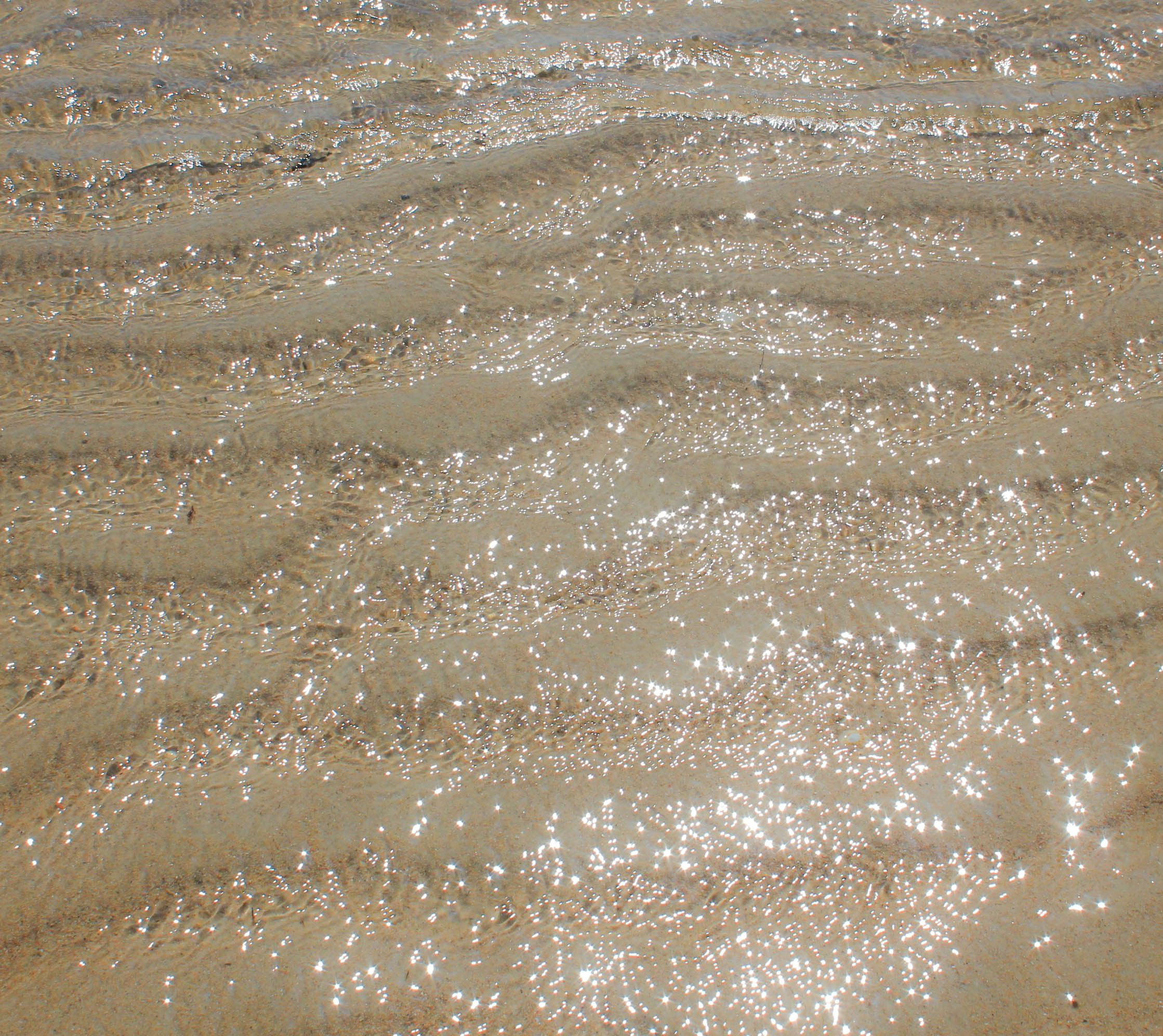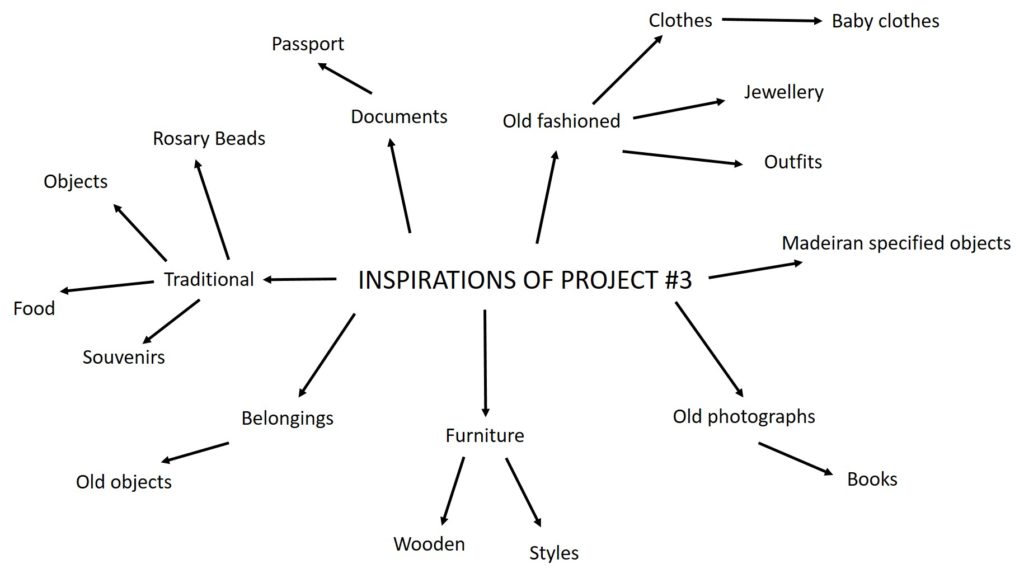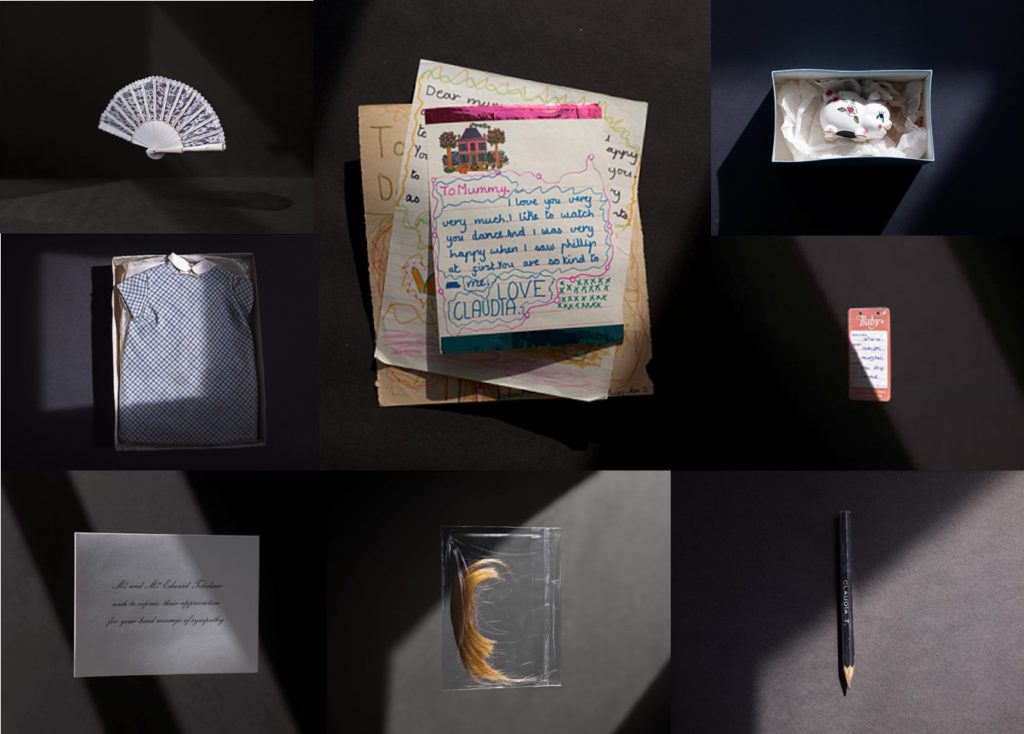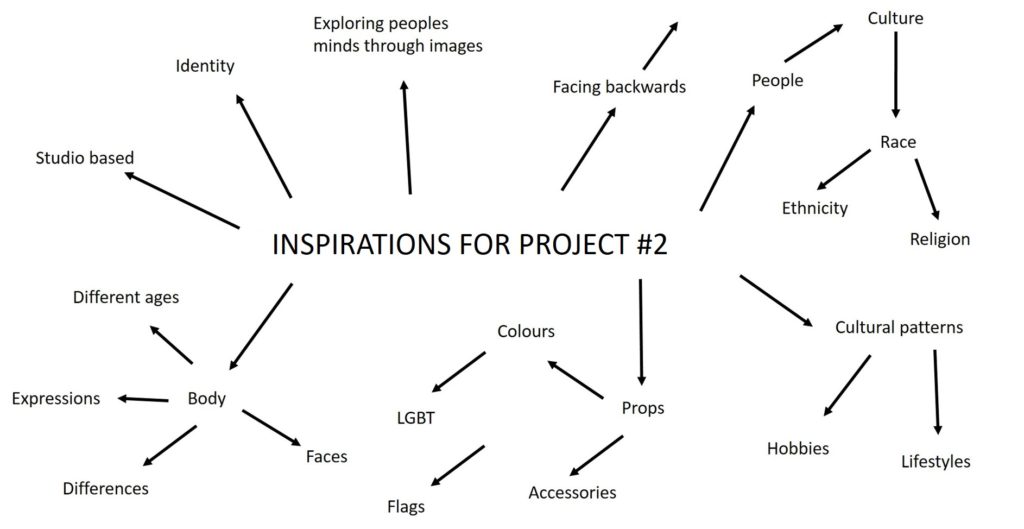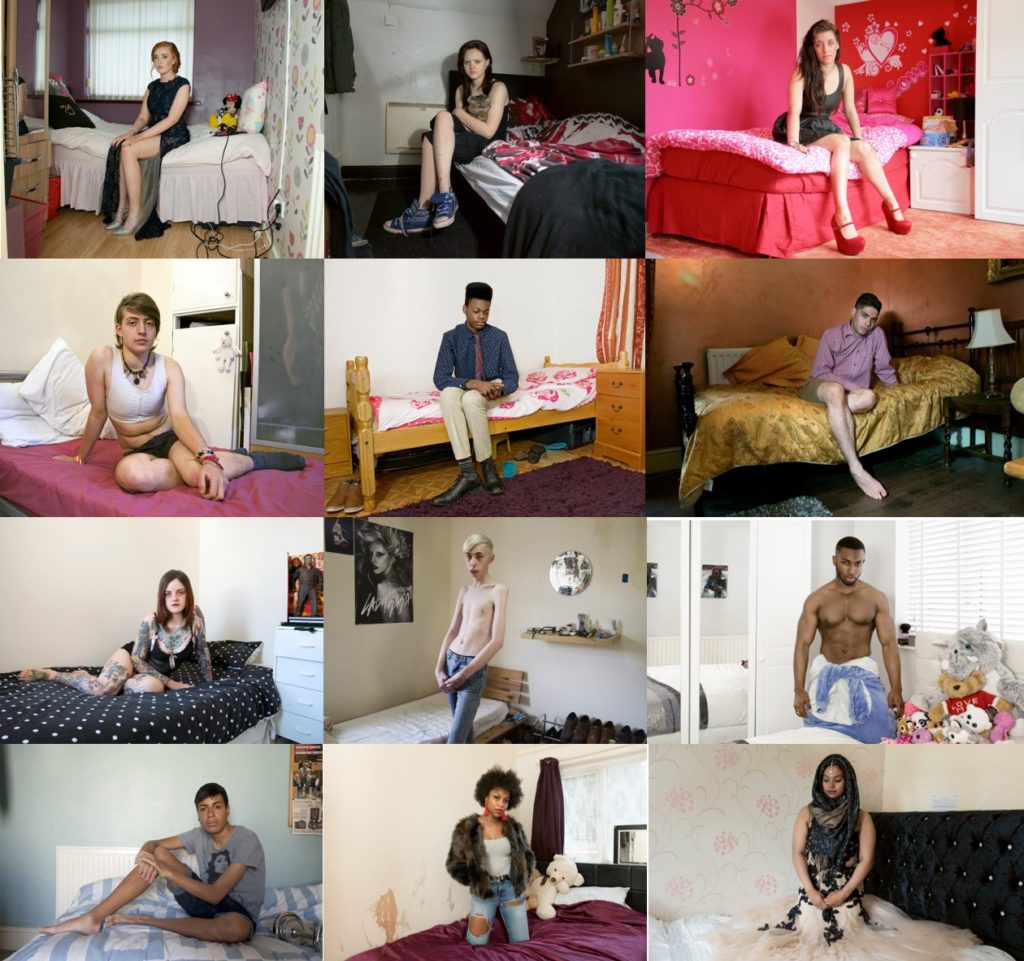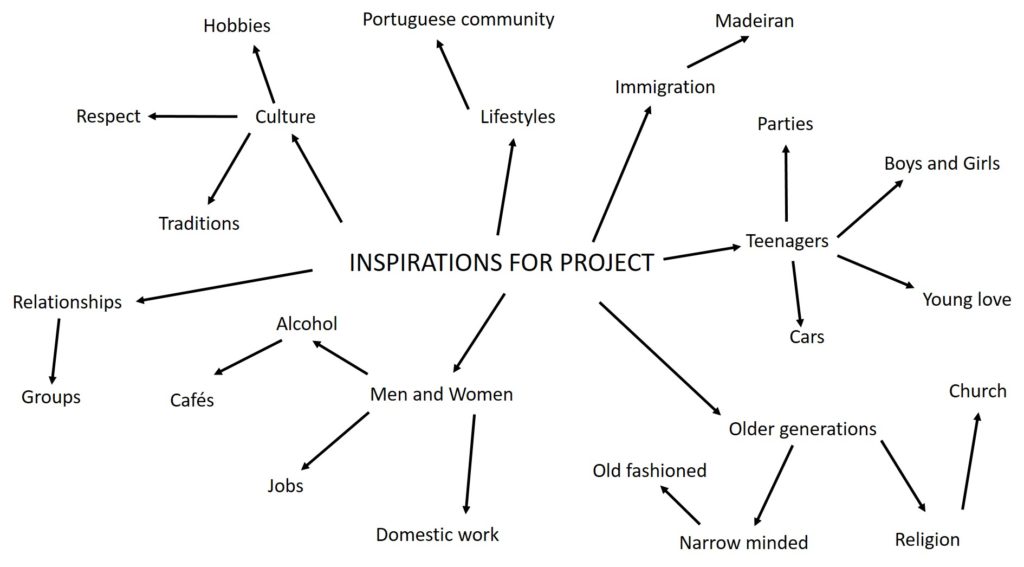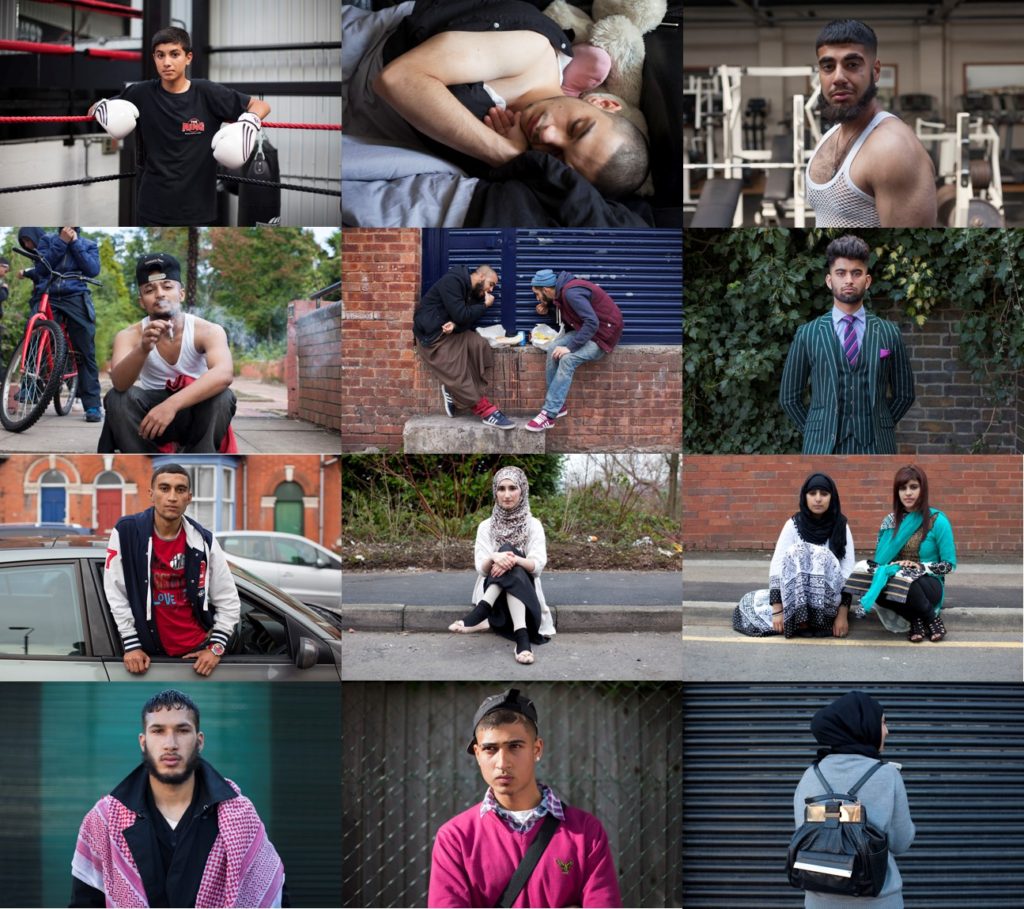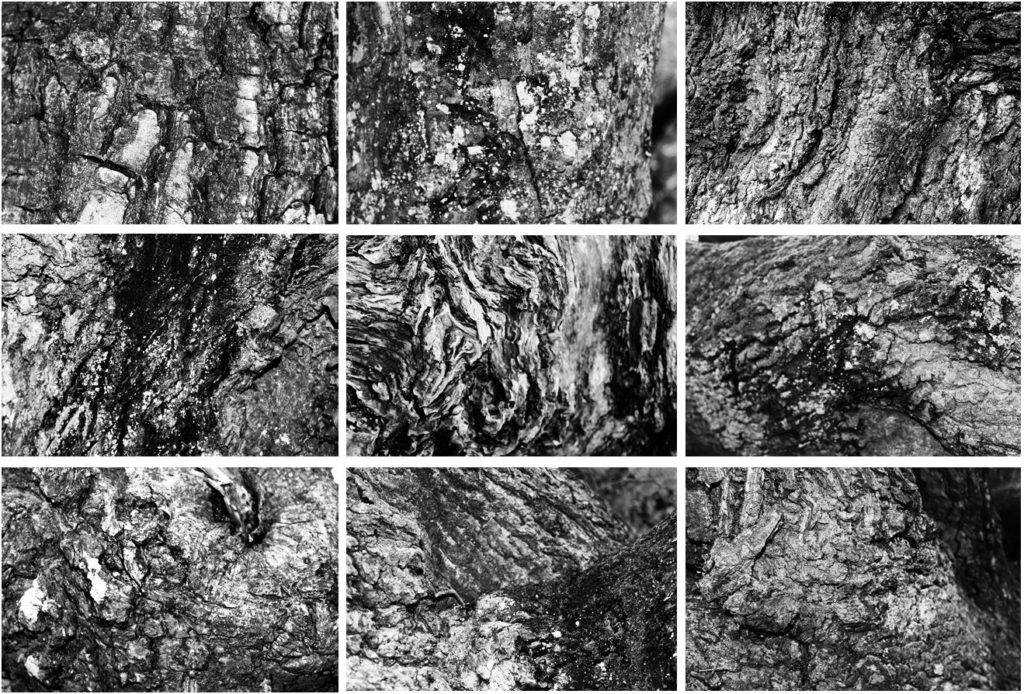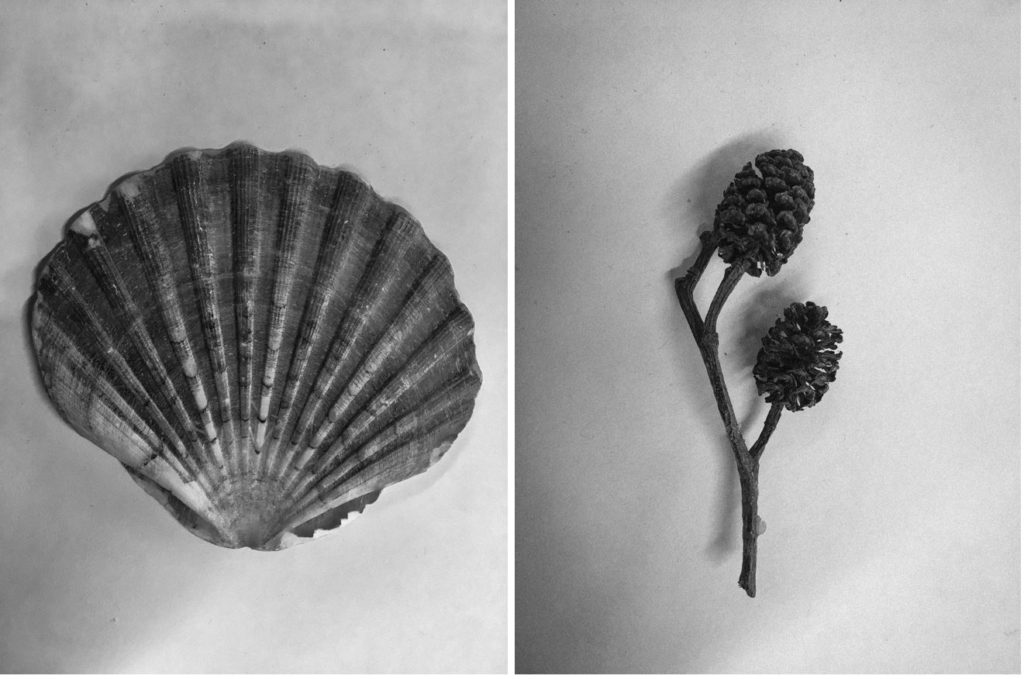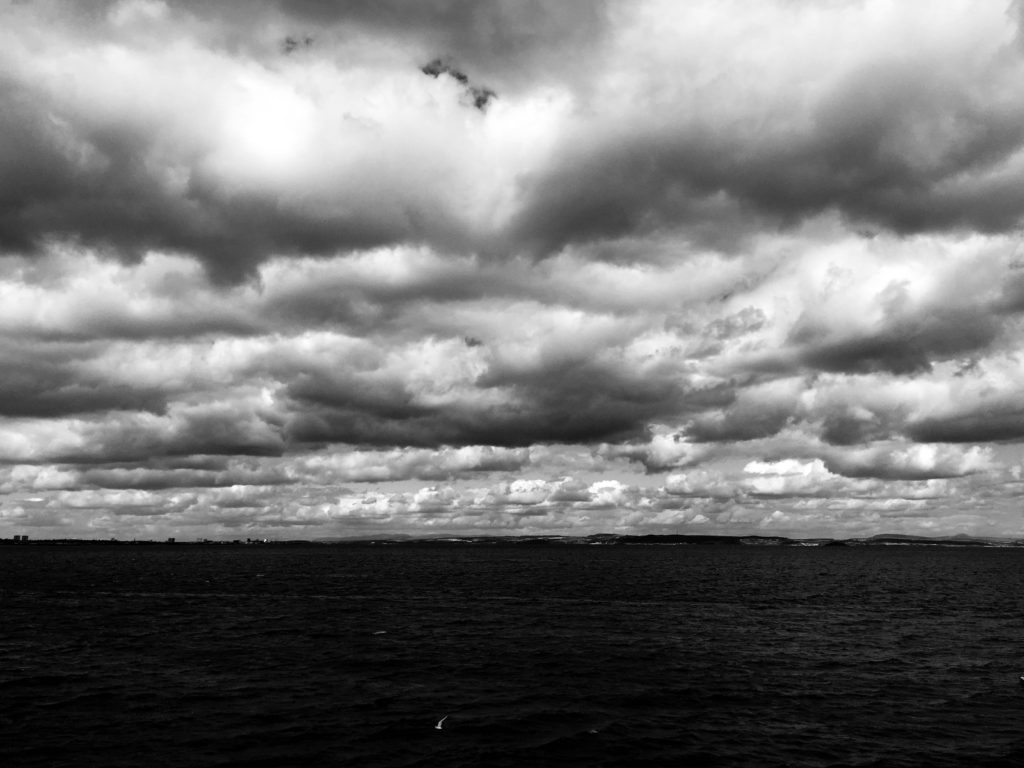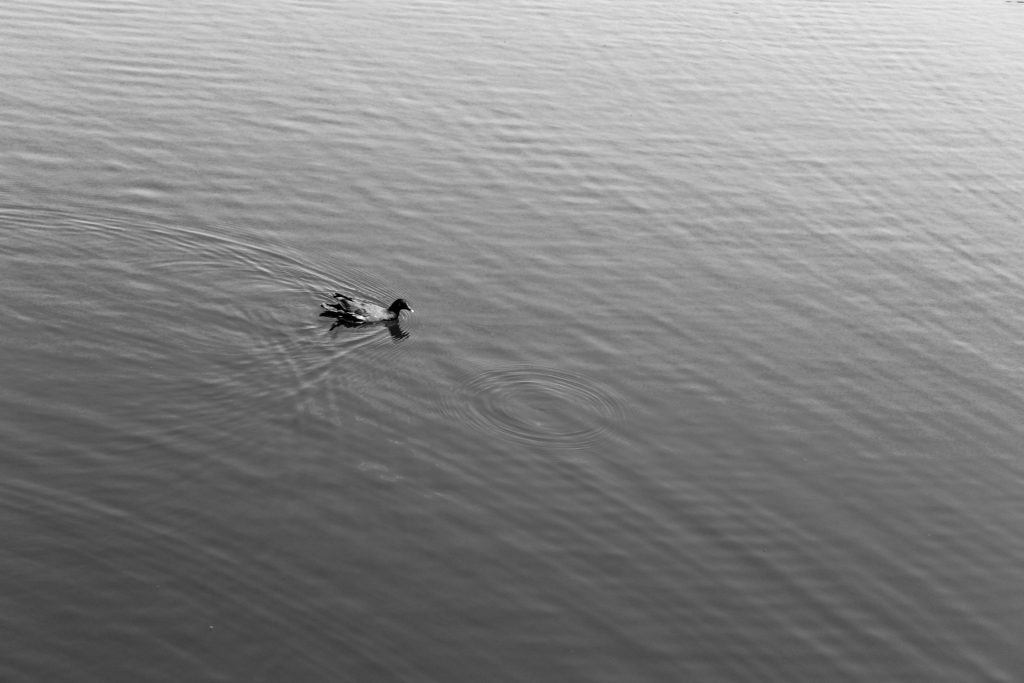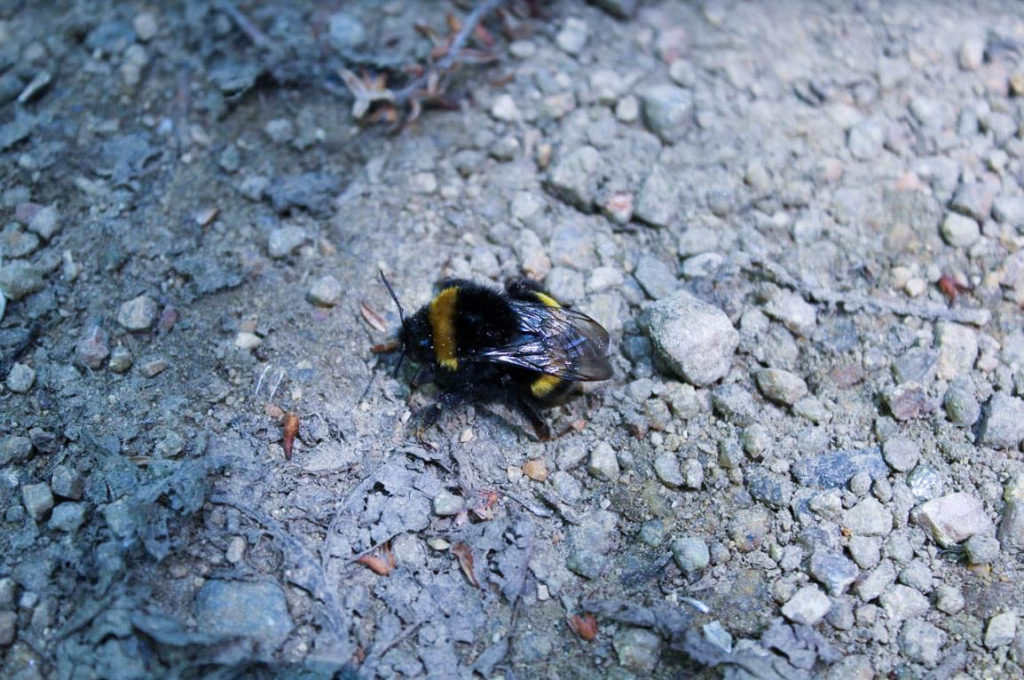

I chose these two photographs as final pieces because these flowers are some of the more interesting and successful photographs from photo shoot 1. I decided to present these two photographs as a diptych because this creates variation due to there being multiple photographs and similarity because the photographs are of the same object, I feel like this was successful and using a window mount added a more professional finish. This final piece differs from my plan, I chose to have a larger border around the photographs, because this fit better due to using a window mount.


I chose these four photographs as final pieces because of the interesting and eye-catching effect created by the sequence, to aid the effect of the sequence I have presented the four photographs in a simple straight line on black card, to allow the photographs and the sequence to be the focal point of the presentation, I feel like this was successful in creating the effect I was aiming for.


I chose these two photographs as final pieces because these flowers are some of the more detailed and successful photographs from photoshoot 1. I decided to present these two photographs as a diptych because this creates variation due to there being multiple photographs and similarity because the photographs are of the same object, I feel like this was successful and presenting on black card allowed a simple but effective sleek finish.


I chose these three photographs as final pieces because the cartoon edit creates a striking effect. I chose a triptych because the three photographs together create the effect of variation in an interesting way. To create variation throughout my final pieces I chose to use foam board and black card to present these three photographs. I think this was successful in creating variation and achieving what I was aiming for within the overall presentation of my final pieces. This final piece differs from my plan, I chose to add a larger border around each image, I feel this worked well and better than a slimmer border, for this trio of photographs.


I chose these four photographs as final pieces because because of the bold and eye-catching colours, I have chosen this layout because it gives off pop art vibes which I think is an interesting bonus and the colours contrast nicely with one and other. I chose to present these four photographs on black card because I didn’t want a window mount or foam board to detract attention away from the photographs. I feel like my choice of presentation, black card, successfully showcases what I was aiming for in my presentation of these photographs.


I chose to this photograph as a final piece because I like the simplicity of the photograph but also how interesting it is, for example the model, the flowers, all the different colours. I chose to present this photograph like this because I wanted a simple presentation to not detract away from the photograph its self.


I chose to this photograph as a final piece for the same reason as the photograph above, they both give me a similar vibe in the way that I like the simplicity of the photograph but also how interesting it is, for example the model, the sand, all the different colours and the vibrant yellow dot. I chose to present this photograph like this because I wanted a simple presentation to not detract away from the photograph its self.


I chosen to present these photographs in a triangular formation because I feel like its something different and I wanted to have a variety of different layouts throughout my final pieces. I chose these photographs because they are all very similar but the change in position and distance creates variety within the trio. I also presented it as a sequence, for example, the top is the closest, the second on the left is further away and the third photograph on the right is the furthest away.
































